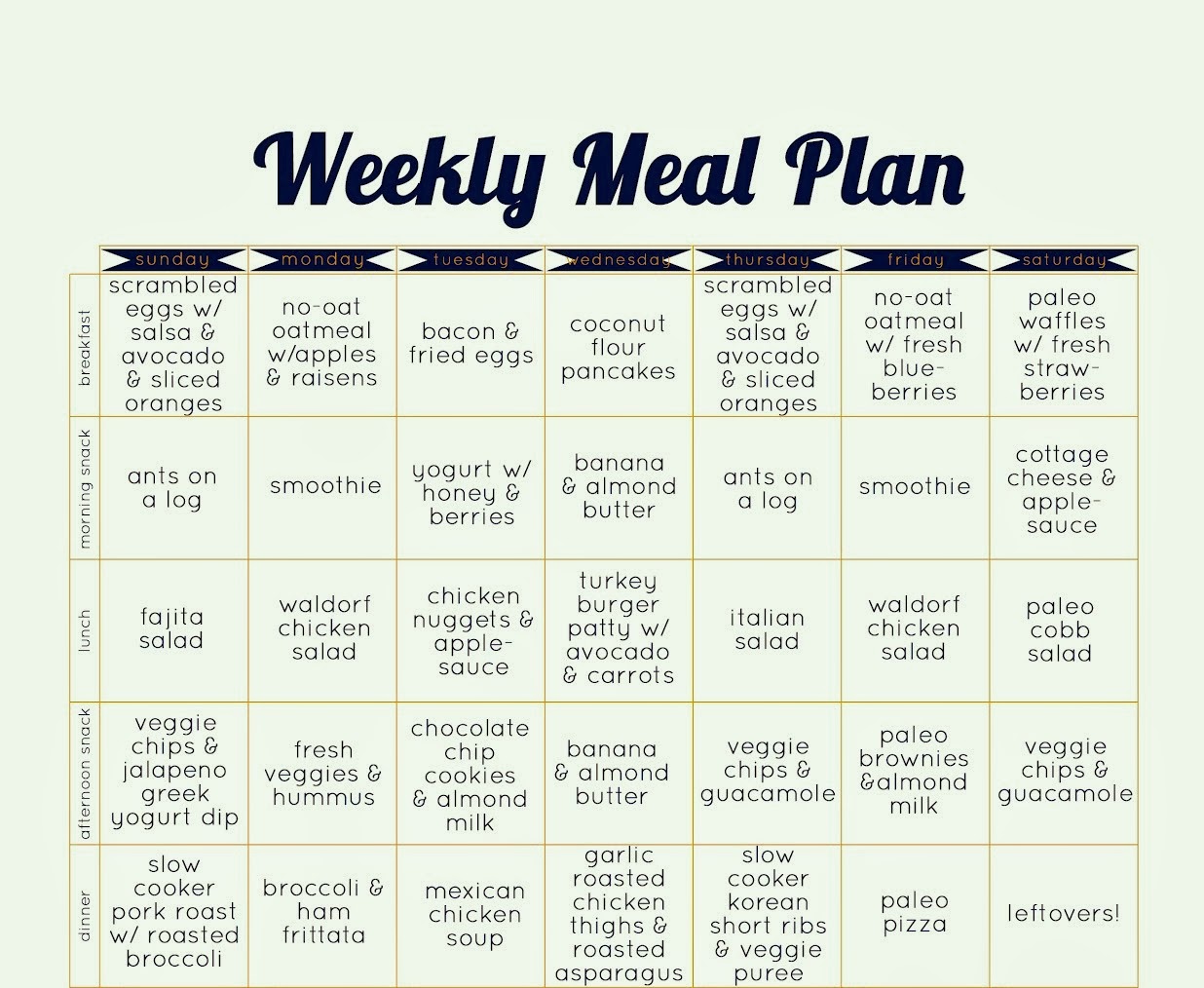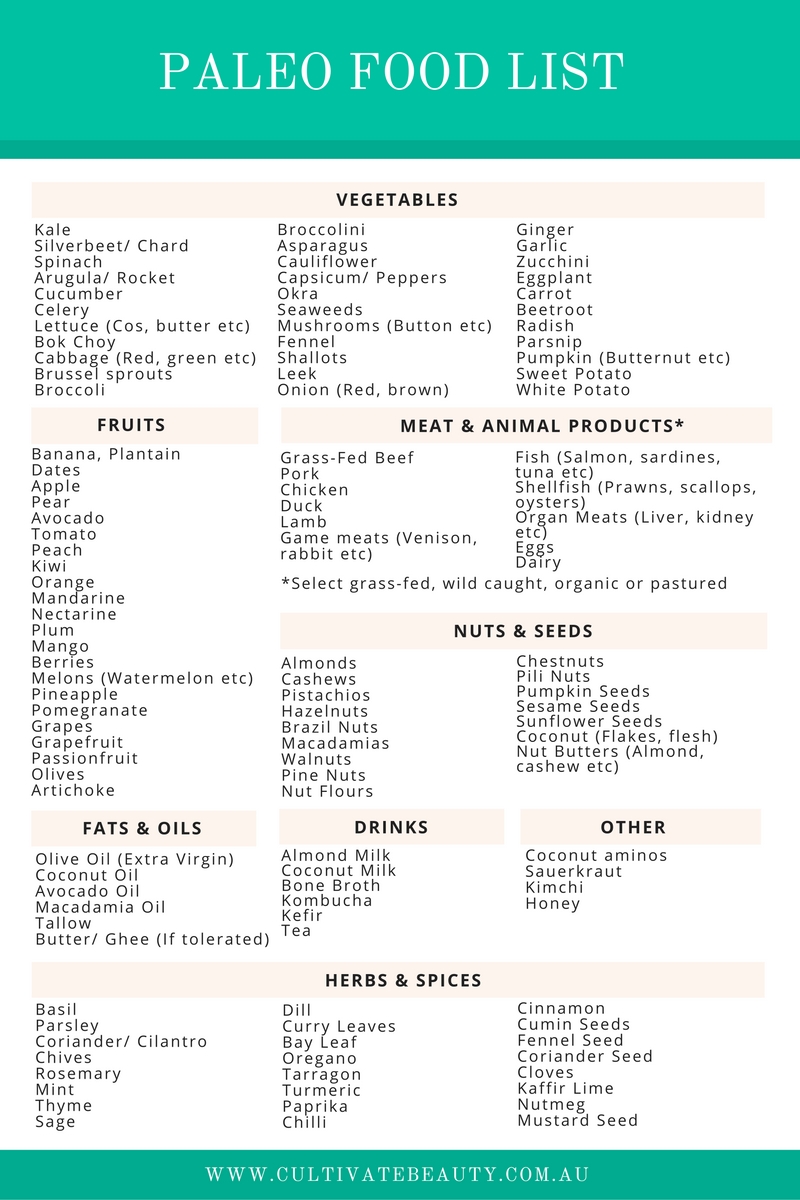
The menu diet paleo encourages us to eat the foods our ancestors enjoyed. This diet includes foods such as bananas with almond butter, dried pumpkin seeds, and apricots. It's also rich in sweet potatoes, chicken, and other veggies. EatingWell recognizes the importance of certain foods, even though the paleo diet can seem restrictive. Here, we'll discuss which ones you can eat while still maintaining a healthy diet.
Pola Makanan Paleolithic Manusia
Christina Warinner, Ph.D., studied pola makan manusia purba and mitos-mitos pola makanan paleolithic manusia in 2010. She revealed that manusia Paleolithic manusia consumed large quantities of daging, and ate all types of meat. This myth was popularly believed by paleolithic individuals, but it is now obsolete and irrelevant.
Diet paleo, also known as the diet of the manusia gua, is a way to eat similar to what manusia gua and man used to eat. They preserve their heritage, and their kesehatan will be better. This diet is not suitable for all. This diet is not recommended for everyone.
The Ramasokat lukisan is composed of two types kelompokan: Ceruk and Lukisan Gua. They were grown in the Sulawesi Tenggara area and Liabalano. The lukisan gua consists of a mixture protein, fat, and carbohydrate. These nutrients can support healthy living and help us understand how humans evolved.

The diet of modern humans has many benefits, but also a few risks. People who eat foods rich with nutrients, such the Paleolithic Era diet, are more likely than others to develop diseases. Your risk of developing disease is reduced if you eat clean. Clean Eating is a diet that promotes healthy eating. These are the obvious benefits to eating clean: A diet low in fat can help your health. You won't get sick by overeating.
Paleolithic diet allows certain foods
A lot of processed foods contain added sugars and vegetable oils. These can have a negative impact on your health. Overeating and excessive consumption of refined sugars can lead to obesity. High levels of salt can also cause heart disease. The American Heart Association recommends that vegetable oils be replaced with canola oil by using safflower oil or corn oil. These oils contain high levels omega-6 fatty acids.
Many commercial paleo diets prohibit dairy products, but others have stricter restrictions. A paleolithic diet allows for lean pork loin, roasted chicken, onion and carrot stuffing, as well as steamed broccoli. Other paleo diets allow for small amounts maple syrup and honey. This diet has received varying degrees of scientific research.
A common thing paleo fans suggest avoiding is legumes. These legumes contain high levels phytic Acid. These substances block the absorption from the gut of essential minerals. They are allowed in certain cases. Although it is tempting to eat potatoes and legumes, they are not recommended for daily consumption. You should instead include lots of fruits, vegetables and other healthy foods in your daily meals.
Guidelines for eating a paleolithic lifestyle
While the Guidelines for Eating the Paleolithic Diet differ from modern food, they both follow the same principles. The Paleolithic diet is primarily based on animal products but it is rich in plants so there are no restrictions. It is important to remember that your genetic makeup may not allow you to eat this diet. Additionally, the increased meat consumption may be detrimental to your health. You should be cautious if you believe you could benefit from Paleolithic eating habits.

Paleolithic diets are known to exclude dairy products. These key food groups are at high risk for nutritional deficiencies. Tooth decay is caused by calcium deficiency. Furthermore, calcium plays a role in blood clotting and muscle contraction. Moreover, whole grains reduce the risk of heart disease, stroke, and type 2 diabetes. However, because grains were largely eliminated, you may find yourself at risk for calcium deficiency.
Many principles are involved in Paleolithic-style eating. It emphasizes eating nutrient-rich plants and proteins, and limits carbohydrates and processed foods. It is important that you follow the guidelines to ensure that you don't go overboard. Keep in mind that every person will have a different paleolithic food plan. It is important to remember that the Paleolithic diet was based on a lifestyle that existed 10,000 to 12,000 years ago.
FAQ
How can I get hired for my job as a cook
A word of mouth referral can lead to a job as cook. You might be able to find out about a restaurant looking for additional staff through your family and friends. A lot of restaurants also advertise their openings on bulletin boards or websites.
What are some of the benefits of using slow cookers?
Slow cookers can be very helpful because you can prepare delicious meals quickly. Slow cooker recipes are healthier than traditional ones because they use less oil and fat. Also, slow cooker recipes are easy to use because they do all the work while you sleep.
How do I learn about cooking and baking?
You can find cooking classes all across the country. You can find courses in baking, pastry and wine tasting at many schools. You can take a class at your local vocational school or community college if you are interested in learning more about cooking.
How much does a culinary school cost?
The costs of culinary school can vary depending on where and how long it takes. Tuition costs range from $10,000 to $30,000. Most students graduate with approximately $20,000 in debt. Some programs offer work-study, grants, scholarships and grants.
What are your basic cooking skills
Basic cooking skills include reading recipes, measuring ingredients, cooking safely and cleaning up afterwards. You need to master these skills if you want to cook for your own meals. Cooking is a great way save money as you don’t have to order take-out every day.
What Are the Requirements To Be a Chef?
To be a chef you need a bachelor's level in culinary arts. A series of tests administered to you by the ACF will also be required. Once you've completed these requirements, you'll receive a certificate verifying your qualifications.
Statistics
- According to the BLS, chefs earn $58,740 a year. (learnhowtobecome.org)
- The median pay for a chef or head cook is $53,380 per year or $25.66/hour, according to the U.S. Bureau of Labor Statistics (BLS). (learnhowtobecome.org)
- On average, chefs earn $58,740 a year, according to the BLS. - learnhowtobecome.org
External Links
How To
How to make a perfect eggroll
Omelets are a favorite breakfast food of mine. But how do you create them perfectly? I have tried many different recipes and methods, but none of them work. So I wanted to share some tips and tricks so that you can make delicious, fluffy omelets every morn.
When making omelets, it is important to be aware that eggs can be temperamental. It is important that eggs are fresh from an organic market and kept cool until used. If they are not kept cold enough, the whites won’t form properly. The yolks will also break down too quickly and become runny. This will make your omelets appear strangely colored. It is best to use room-temperature eggs if you are going to cook them right away.
You might also try separating the egg before adding to the pan. Because this could cause your omelet to become curdled, you don't want any yolk to be mixed with any white.
If you add the egg directly onto the stovetop, you might end up burning the bottom part of the egg, which would ruin the texture of your omelet. Instead, put the egg in the microwave for 10 seconds before putting it into the pan. The microwave heat will cook the egg just right without making it too hot.
Next, let us talk about how to mix the eggs. You want to mix the eggs thoroughly before you add them. To do this, take the bowl from the mixer and flip it upside-down. Next, shake the bowl vigorously. This way, the air inside the bowl gets whipped around and mixes the egg thoroughly.
Now comes the fun part - pouring the milk into the mixture. Mix half of the milk with the eggs. Then fold the eggs in half into the remaining milk. If you still see streaks of eggs, don't worry. These streaks will disappear once the omelet has been turned over.
After you have done folding the eggs, heat the pan on medium heat. The oil will start to smoke. Once the oil begins to heat, add 1/4 cup butter and swirl the pan to coat it. Next, carefully open the lid and sprinkle salt into your pan. The salt will help to prevent the omelet's sticking to the pan.
Cover the pan once you have formed the omelet. Wait for the top to set. Flip the omelet by using a spatula. Cook the other half for another minute. Serve immediately after removing the omelet from its pan.
This recipe is best when used with whole milk. But, you can use skimmed milk as well.